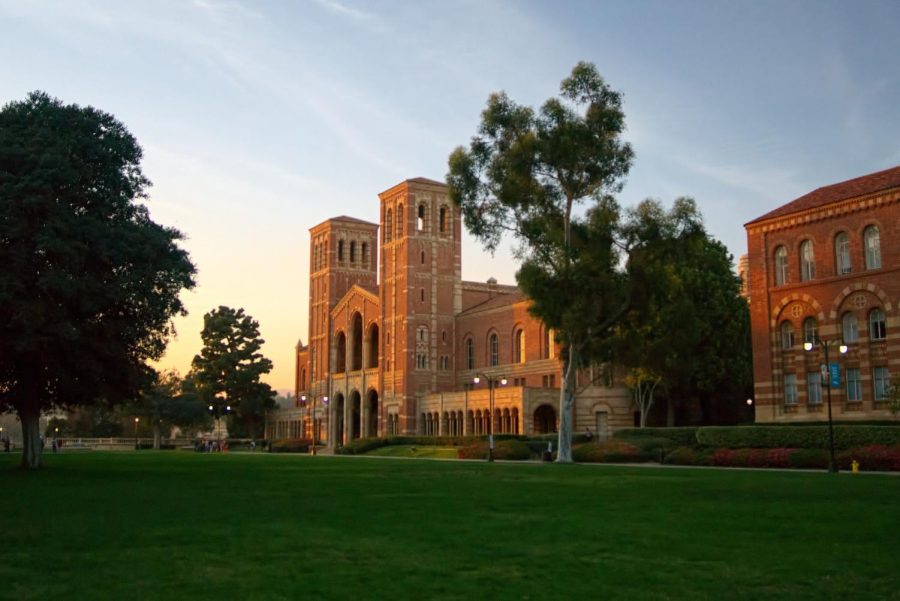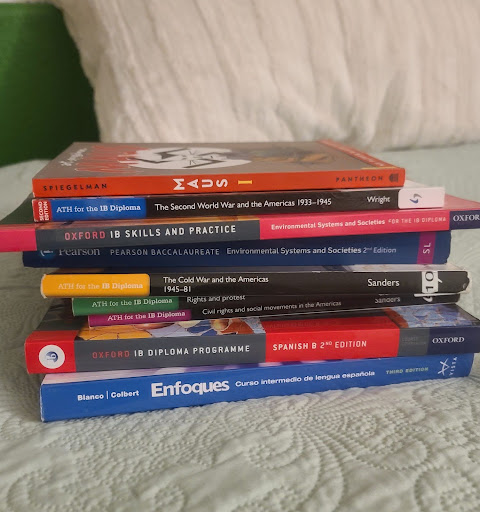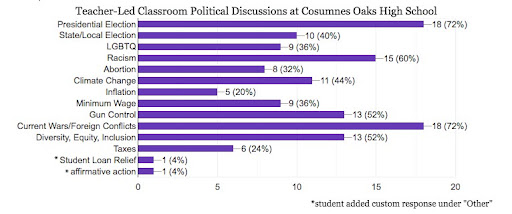UC, community colleges create new transfer opportunities for California students
October 27, 2022
This spring, the University of California system and California community colleges will be teaming up to create new opportunities for California students to transfer to a UC campus.
Six UC campuses will pilot a new dual-admission program, called Transfer Admission Guarantee, to allow students another chance at attending college.
Students who have achieved a grade point average of 3.0 and above in high school, but have been rejected by the UCs because they could not fulfill the A-G requirements, can receive another opportunity to attend their desired UC school (with a few exceptions) through this program.
Through the TAG program, community college students are given a chance to access UC campuses, libraries, transfer events, and advice from counselors, specifically for dual-admission students.
In a UC Newsroom article, Han Mi Yoon-Wu, the executive director of Undergraduate Admissions, talked about how these students need to wait and complete transfer requirements at a local community college in exchange for a promised spot at one of the participating UC campuses.
UC Davis, UC Irvine, UC Merced, UC Riverside, UC Santa Barbara, and UC Santa Cruz are the campuses participating in the TAG pilot.
However, the pilot has a drawback. The UC campuses with the most competitive admission rates are not participating.
UC Berkeley, UCLA, and UC San Diego have chosen not to play a part in the TAG program, which has resulted in some disagreements, considering how these UC campuses are the toughest to enroll in.
On the other hand, applicants to these campuses who have completed the A-G requirements will be safe from the possibility of being displaced by TAG students.
Melora Klusnick, the lead counselor at Horizon Charter School, said completing all the A-G requirements is still essential, despite what this new opportunity might provide – especially if someone is considering attending a competitive school.
“Completing A-G requirements is still extremely important so that students have the option to attend a UC or CSU as a freshman,” Klusnick said. “It also gives them the option to go to one of the three most competitive UCs that don’t participate in the new dual admission program.”
The program is more of a second chance than a reason for students not to complete A-G requirements, Klusnick added.
“Students who do have A-G requirements completed cannot plan ahead for this pathway because it’s dependent on not getting accepted to a UC after applying for freshman admission,” Klusnick said. “All of the Horizon students I’ve worked with who applied for freshman admission to UC did get accepted. But yes, if they applied and were denied, this would be the next best way to attend a UC as a transfer student.”
Aaya Alatoum, a sophomore at UC Berkeley, did not have opportunities like this pilot when she applied to different colleges and went straight to a four-year university.
“Going in as a freshman has helped me realize that it takes time to acclimate to the rigor of a four-year university – this might vary from one university to the other and from major to major,” Alatoum said. “In addition, college is not only about academics. Other variables that might be useful to take into account include environment, new responsibilities.”
Alatoum noted how the TAG program might allow students more time to figure out what to pursue as a major. She said if students were to change their minds about a major in community college before transferring to a four-year university, it would save a lot of money and time.
According to the Western Placer Unified District, 46.1% of its high school graduates successfully met the UC/CSU course requirements, which leaves more than half of the graduates unprepared for college admissions.
For those who lack the ability to take A-G courses, there are three alternatives to make up for those missing credits. A student can take classes online or in summer school, enroll in a community college, and transfer or take certain standardized tests to prove proficiency in the subject.
In schools with minorities as a majority of the student population, it’s more likely that they won’t have the needed curriculum, teachers, and class sizes to support students as they seek to complete the A-G requirements.
According to the California Department of Education, 43.9% of socioeconomically disadvantaged graduates met UC/CSU requirements (in 2020-2021), which leaves 56.1% of graduates who do not meet those requirements.
The TAG program might provide a smoother transition from high school to university life, especially for students who come from disadvantaged socioeconomic backgrounds.
Half of those students who come from that type of background will be first-generation students.
Monica Jacuinde is currently a junior at Sacramento State University and chose to pursue community college before attending a four-year university.
“I’m a first-generation student, and I didn’t have the advice of a friend or family member,” Jacuinde said. “I was told that community college is a lot cheaper and it’s a great way to
complete all of my general classes.”
As stated by the University of California, 39% of UC undergraduates are first-generation students, and 82% of those students graduate within the time span of six years.
Not everyone would want to experience the university atmosphere right after high school. Taking the interim step of attending a community college instead of jumping into a new environment at a university can be preferable for some people.
“From my experience, I wouldn’t have chosen it any other way,” Jacuinde said. “When I obtained three associates (degrees) as I walked the stage, it made me very happy. I felt even more excited about obtaining my bachelor’s (degree) when I heard my name.”
With the TAG program, the UCs are trying to pave a smoother road for all students to achieve a higher education.
“Most importantly,” Alatoum said, “it offers students who come from non-traditional high schools (or schools that do not offer classes to fulfill all UC admission requirements) the opportunity to attend a UC school based on merit/academic performance and their drive to make change in the world.”














Saffiya Sheikh • Apr 4, 2023 at 2:12 pm
As of now, UCLA will now be included in the TAG program. UC Berkeley is the only University of California that is not a part of the TAG program.
Saffiya Sheikh • Apr 17, 2023 at 3:51 pm
**Correction: UC Berkeley and UC San Diego.